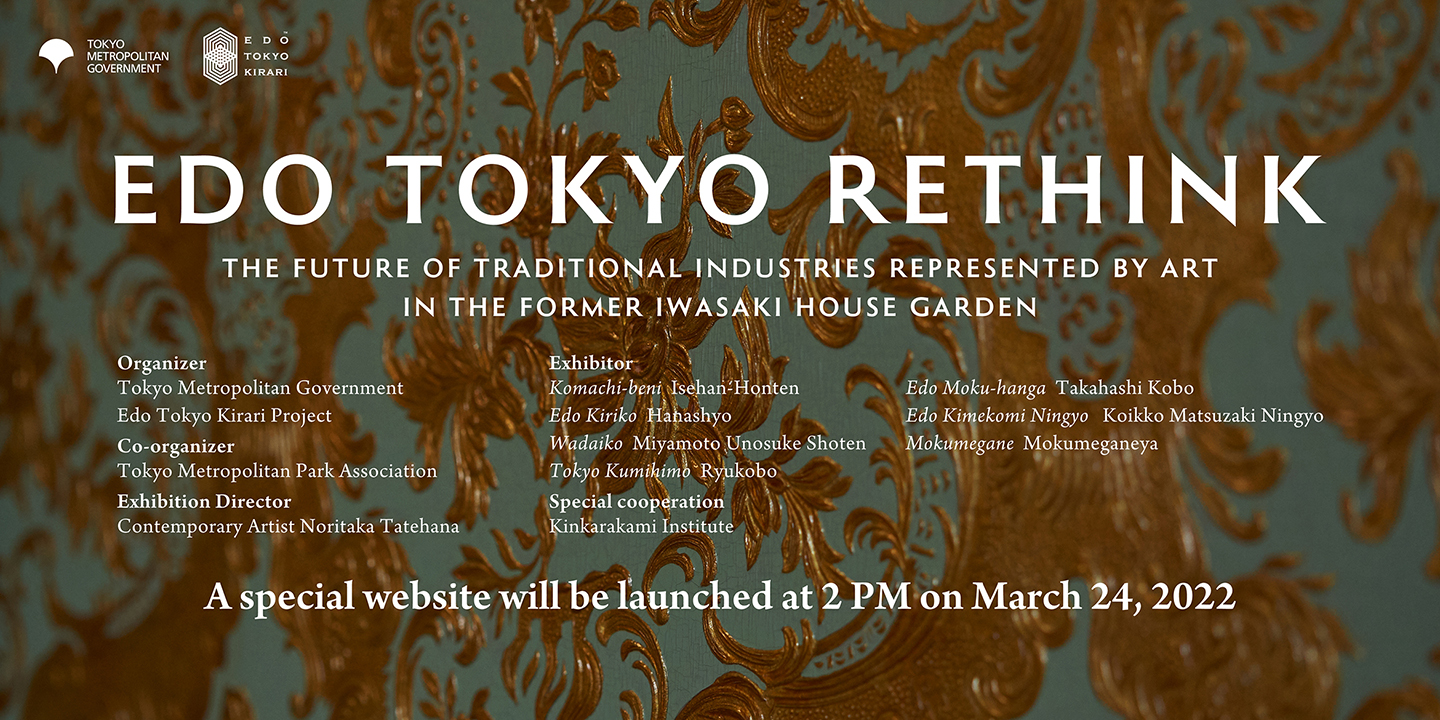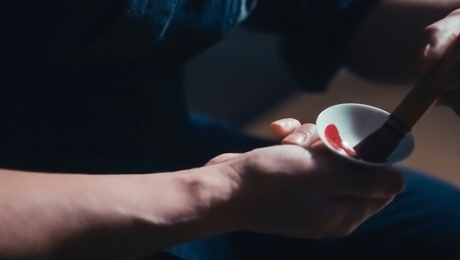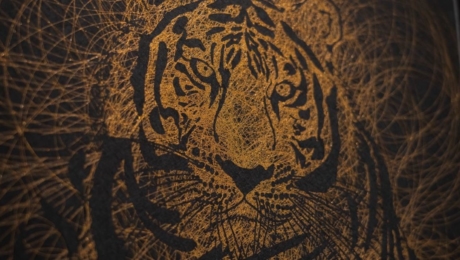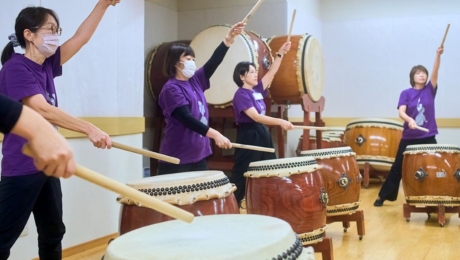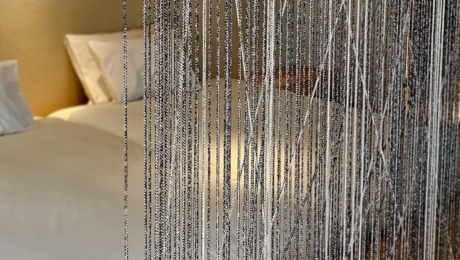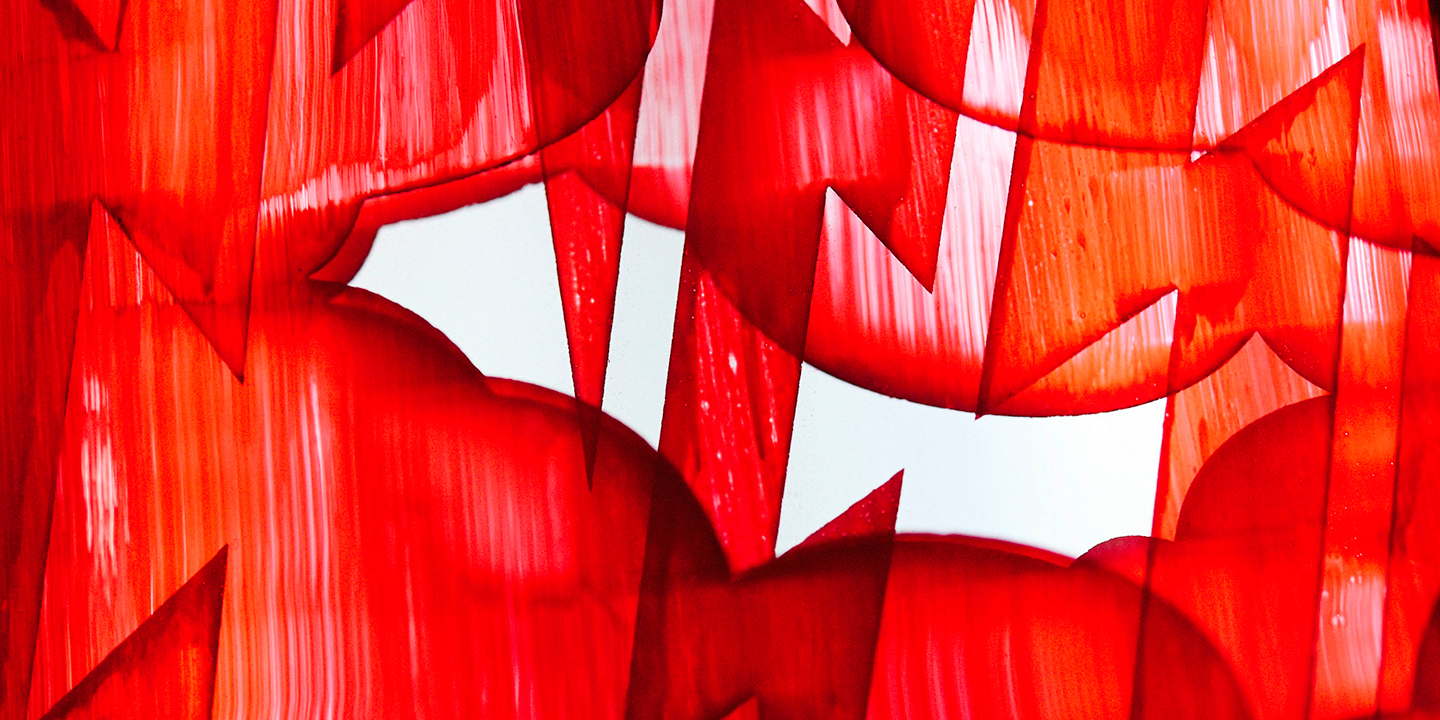
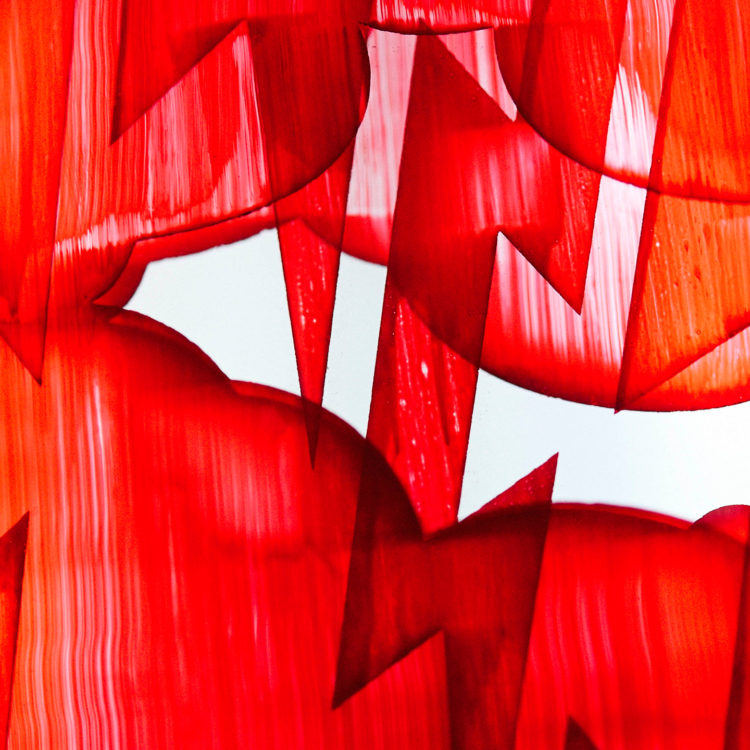
【Edo Tokyo Rethink】Komachi-beni Isehan Honten:Creating New Value in Historical Art Techniques
2022.03.11
LIFEThe 2021 EDO TOKYO RETHINK Exhibition featured a collaboration between Isehan Honten, the last beni shop still operating today, and contemporary artist Noritaka Tatehana. The result, “Heel-less shoes” that shone with an iridescent coat, not only shocked and charmed viewers, but has become part of the collection of London’s Victoria and Albert Museum.

Isehan Honten’s Miki Shimada spoke thusly about the significance of the shop’s participation in the 2021 exhibition.
“I am extremely grateful that we were able to introduce the beauty of beni to those who have previous been unable to approach it before, such as people who were mainly interested in art. In addition, thanks to the EDO TOKYO KIRARI project, we were able to take part in an event together with kumihimo artisans Ryukobo. We had many new discoveries from this collaboration.”
In last year’s “Kumihimo experience workshop: Braiding beni-dyed silk yarn”, elementary school students as well as the elderly came together to make misanga bracelets from silk yarn dyed in the benihana, or Japanese safflower. In addition to the beni-dyed silk yarn thread, the workshop also used threads dyed in a yellow pigment, which wasn’t used for Isehan Honten’s Komachi-beni, or traditional beni production. Shimada described the experience of watching participants braid the glossy beni thread with the yellow gold thread as a deeply emotional one.
“We were able to rediscover the fact that beni as a material can take many different forms depending on how it is used. In this year’s EDO TOYKO RETHINK exhibition, we will be collaborating with Mr. Tatehana, woodblock-printers Takahashi Kobo, and Ryukobo. As artisans who have passed down the “important historical art techniques” from generation to generation, we are looking forward to sharing the new values that beni can express.
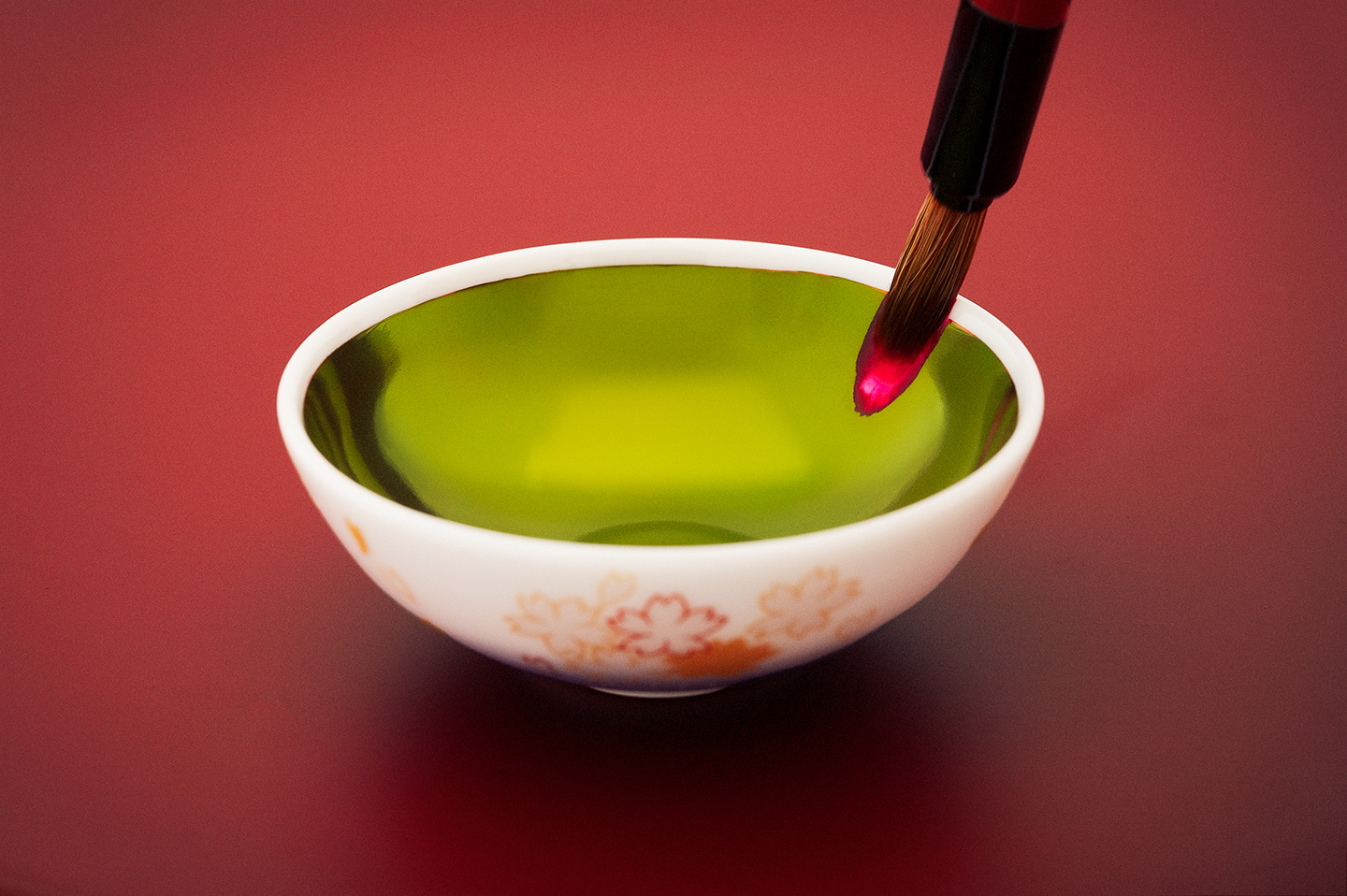
When considering new values, it is important to remember the connection between beni and SDGs. The beni used by Isehan Honten originates from the Japanese safflower, cultivated through the hard work of farmers who avoid using agricultural chemicals where possible. The “scarlet pigment” made through Isehan Honten’s secret technique only uses the powder of the safflower, and can be considered an ultimate form of SDG established 197 years ago.
During the Edo Period, beni would adorn the lips, cheeks, and around the eyes of many women. We hope that viewers will feel the modern meaning of this traditional pigment when the EDO TOKYO RETHINK exhibition opens in March.
Photo by GION
*All necessary safety precautions were taken during the interview as part of COVID-19 prevention.
Online Exhibition Outline
Exhibition Title: Edo Tokyo Rethink -The Future of Traditional Industries Represented by Art in the Former Iwasaki House Garden-
Exhibition Period: March 24, 2022 (Thu) 14:00 – March 31, 2022 (Thu)
*The exhibition will be available for viewing as an archive at the same URL even after the online exhibition ends.
Organizer: Tokyo Metropolitan Government, Edo-Tokyo Kirari Project
Co-organizer: Tokyo Metropolitan Park Association
